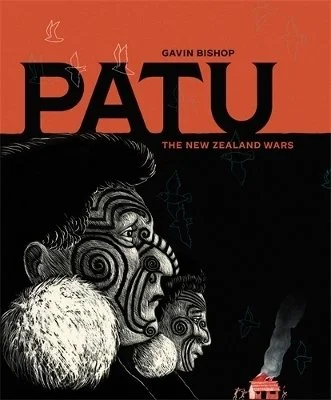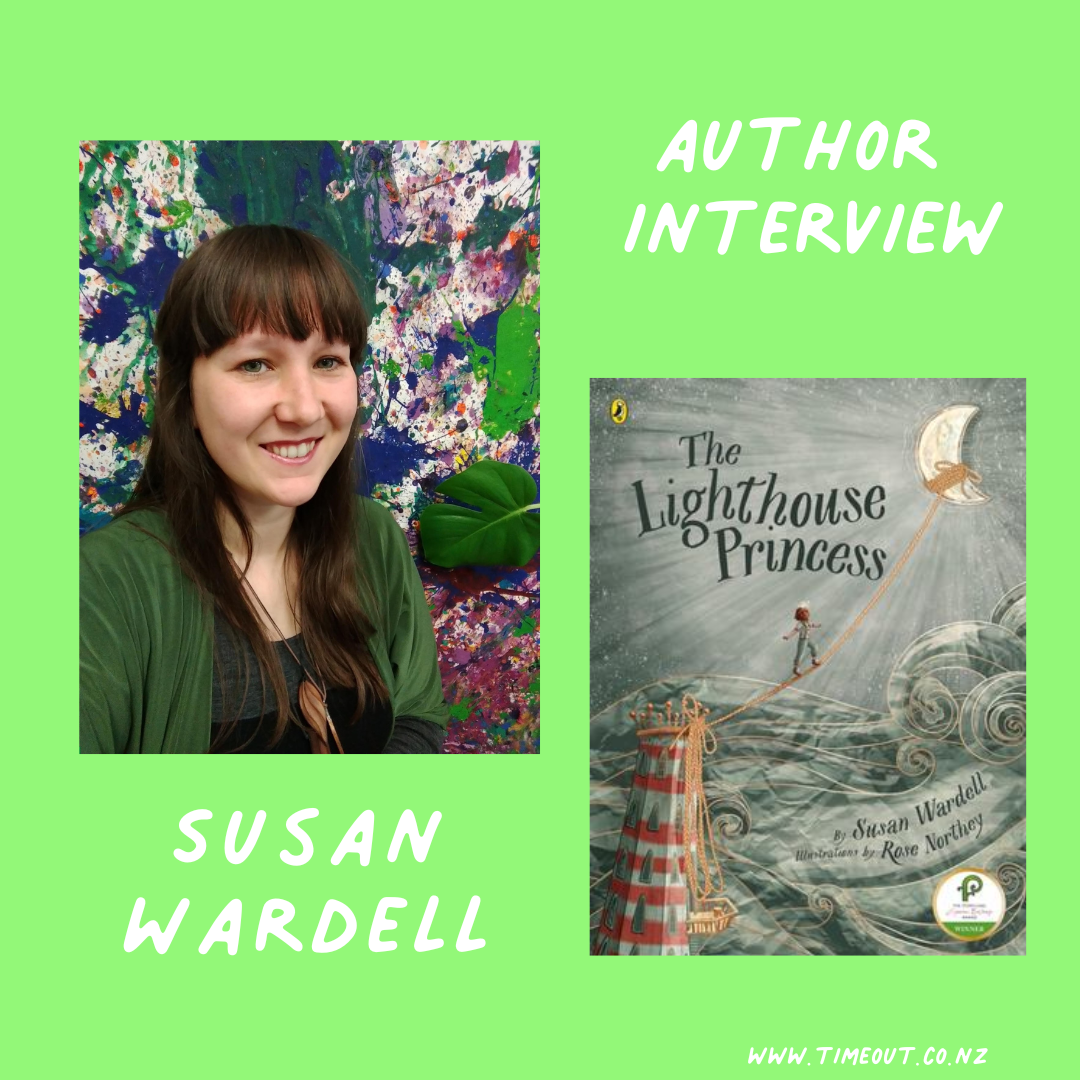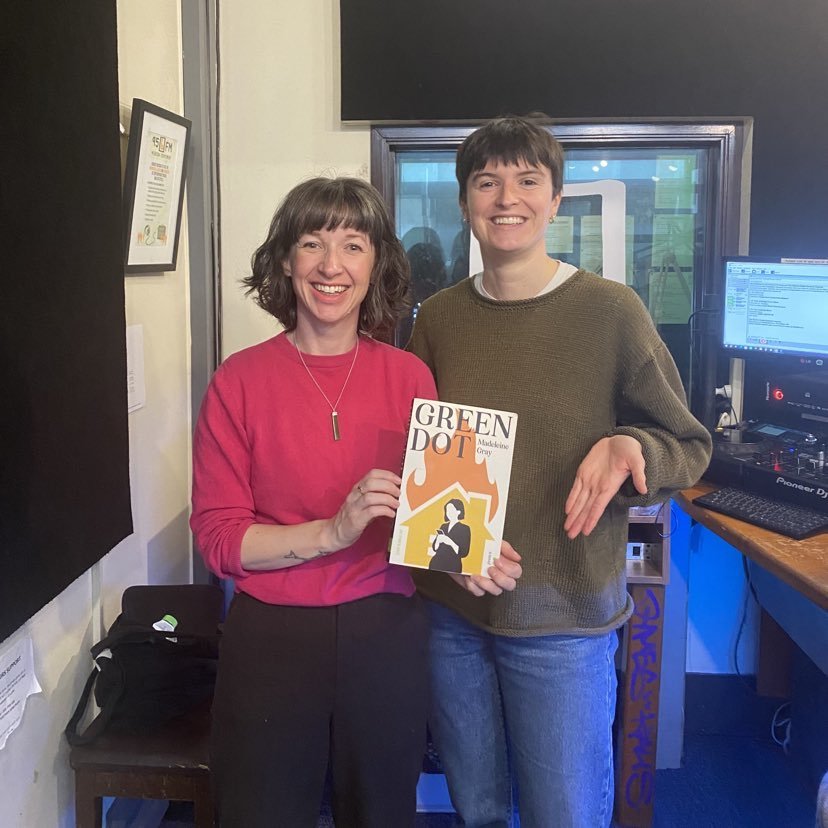Hollie spoke to Ruby Solly ahead of the release of her latest collection, The Artist. The Artist brings to life the histories of our great Southern iwi through the whakapapa of its characters and the rich world they and their ancestors call their tūrakawaewae—their place to stand, their place to sing.
Tell us about yourself.
Kia ora! Ko Ruby Solly tōku ikoa. Ko Waitaha ratou ko Kāti Māmoe, Ko Kāi Tahu ōku iwi. Ko Waihao tōku marae. My name is Ruby and I’m a proud daughter of our Southern iwi, hailing from Waihao marae. I’m a writer, taonga pūoro practitioner, music therapist, and general kaitoi living in Pōneke, Wellington. My second book ‘The Artist’ is out now from Te Herenga Waka University Press.
What first sparked your interest in Tarot?
Honestly, I’m not really a tarot reader! Huge interest, but I more read oracle cards and create similar sets to help me with randomizing content to generate inspiration. I’ve been interested in tarot since I was a kid when my parents gave me a book on magic and divination that had a paired down set in it which I would use. There’s a whakapapa connection with Judaism and tarok and other Jewish forms of divination and spirituality that come from our culture that we have taken with us across the world. I think the reading of tohu within my Māori whakapapa weaves in with this as well, and I see that reading of signs within our cave tohu, our cave art. When I make cards it’s often a way to represent options or trial things that I already have as strong themes within my mind, and it gives me a physical representation of my mental space. The character cards for the book were a big part of this; so I could randomize different relationships and think about dynamics and voices. It’s something that I’ve continued to use since this book, bringing it into my other work in music too!
What are the things that connect art, spirituality and whakapapa for you?
In a kind of weird and possibly narcissistic way, I think those things often combine within me, and within doing the work to create things from the whakapapa and connections to spirituality that it has. I also think just the idea of ceremony, and knowing that we can use our tikanga and kawa to create significant moments for ourselves spiritually, is crucial for me to create works like this and to ensure that it’s more than just me working. And to ensure I’ve got the strength to do it! I also think that art, spirituality, and whakapapa are truly in harmony for me when I’m on our whenua and working with our people with taonga pūoro. I truly believe that we can all create and being able to encourage that in other branches of my whakapapa is deeply meaningful for me.
There’s a mixture of prose, poetry and visual artistry in your poems and you’re also a songwriter! Do your creative processes inform one another?
I’m a firm believer that toi was and is something that weaves through all things and mediums. In secondary and tertiary spaces I was often ‘told off’ for ‘dabbling’ outside of whatever it was I was doing, and it took me a long time to decolonise this part of my thinking after having to partially adopt it in order to get through those places. Now, I use a wide range of creative mediums to bring out works. Sometimes I might create words, music, or art for a project, that doesn’t get used as part of the final piece and is just part of how I learn what I need to in order to create the work. The cards for this book were a bit like that, I didn’t initially think they would be in the book, but I’m so glad they are.
How did you approach writing The Artist?
With a lot of things I make, I get a very clear image of something within the work, and then I just can’t let it rest until I’m working towards that. For me it was one of the main characters, Te Heikiki, standing in a nightgown, bare foot on a dirt road, on a flat plain with wind stirring up her hair, which is how she appears on her character card too. After this, I did a lot of researching and having conversations with whanaunga and mentors about all the different aspects that went into the book; cave art, pūrākau, pounmu, whakapapa…. And then I planned out the plot in about 40 bullet points, and wrote to that! The first section took me a year because it covers the history of te Wai Pounamu up till settlement. Even though it’s only 12 or so poems, it really took a lot of research and thinking about wording. After getting that whakapapa sorted, it flowed so much easier from there.
What are some of your favourite writers or books?
Oh man, how many can I have? In Aotearoa, essa mae ranapiri, Tayi Tibble, Michelle Rahurahu ( who has an amazing novel coming out with THWUP), Whiti Hereaka, Becky Manawatu, Keri Hulme, Robert Sullivan, Albert Wendt, Kōtuku Titihuia Nuttal, Anne Kennedy, and you should definitely get my cousin’s book, ‘Bird Speak’ by Arihia Latham! Outside of Aotearoa, Joy Harjo, Anne Carson, ‘Deep Wheel Orcadia’ by Harry Josephine Giles, Faylita Hicks, Danez Smith, Bernadine Evaristo (check out ‘The Emperor’s Babe’), Leslie Marmon Silko, ‘The Golem’ by Gustav Meyrink, Alison Bechdel, Isabel Greenberg and Henry Dumas… amongst many others!
What is your favorite snack to enjoy while writing?
Currently a bit of cut fruit and some nuts as I’m on a diet for PCOS which affects the health and fertility of 10% of women, which isn’t something that we talk about a lot in society. But, this book was definitely written on date scones from Aro café. With the occasional eggs on toast, and always a mocha.





























